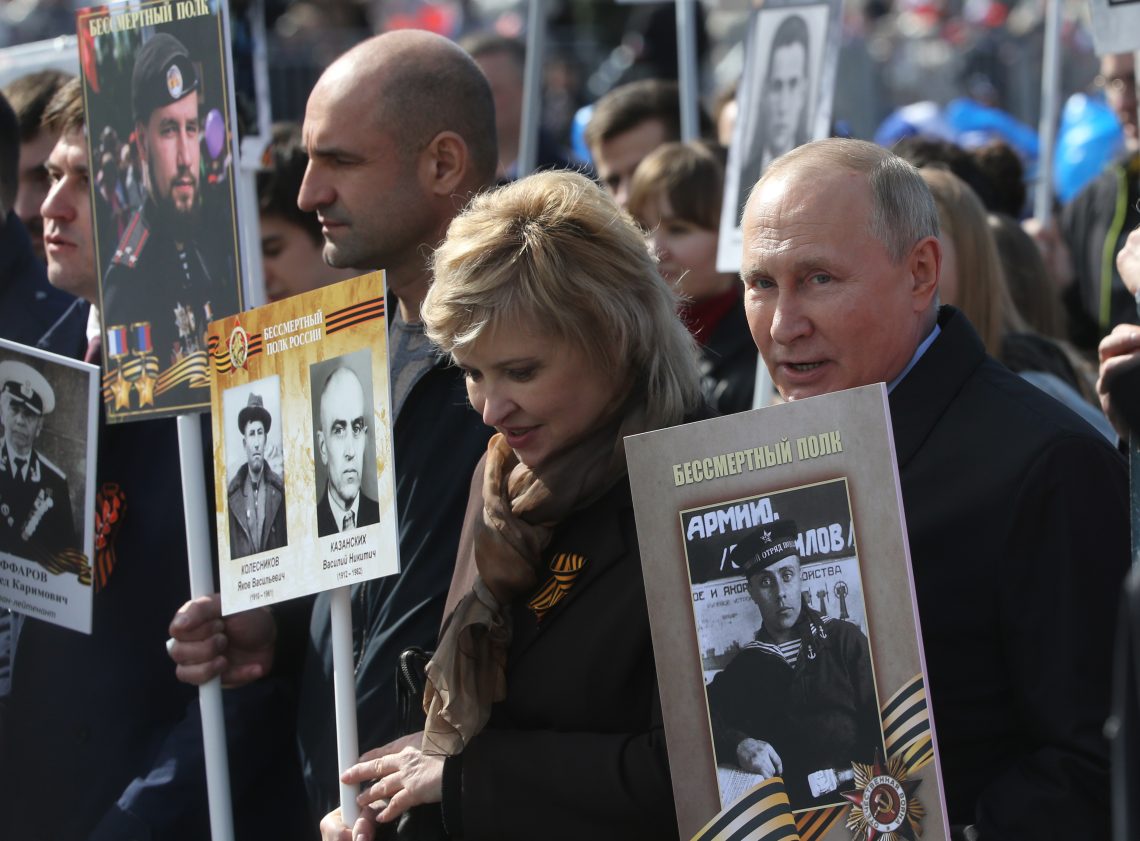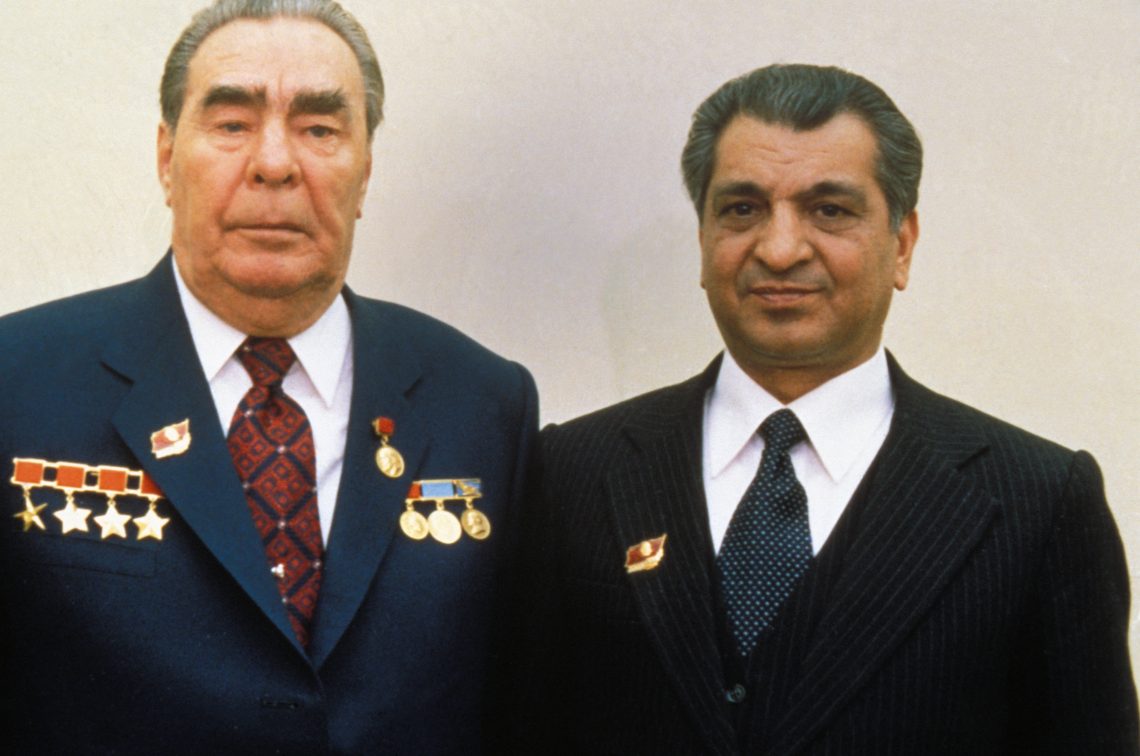Putin’s next gamble in Ukraine
If the past is any indication, Russia is likely to escalate its war in Ukraine, but how far will Vladimir Putin go?

In a nutshell
- Russia does not have enough manpower to progress in Ukraine
- President Putin’s ‘special operation’ precludes full mobilization
- He may declare a state of war to replenish the army’s strength
September saw Ukraine make impressive progress toward overcoming the Russian invasion, with a bold offensive on two fronts that shocked Moscow and many analysts. We will have to wait and see how far the Ukrainians can push the Russians, but this move will not bring an end to the war right away. Kyiv will need to regroup, resupply and refresh its troops, during which time Moscow is likely to reconsolidate its position. The autumn mud could slow down movements, and winter could bring a renewal of the war of attrition we saw over the summer.
Neither side is in a completely dominant position. Having lost their momentum, the Russians are now playing defense, trying to hold on to territory they have gained since February. After the spectacular failure to capture Kyiv and the so-far inconclusive Donbas battle that has devastated both sides, Russia is forced to concentrate on defending its gains in the south.
For Ukraine, Western support is crucial. To capitalize on its recent progress, it will depend on continuous supplies of Western weapons and funding. That could allow it to make another counterstrike.
The Kremlin now faces a very serious dilemma. Before the invasion, Russian President Vladimir Putin believed – wrongly – that he had a significant military advantage and thus enjoyed the strategic freedom to choose the right course of action. He picked the maximalist option and led Russia into a situation where there are no good choices to be made, only high-risk gambles.
As a result of this disastrous miscalculation, President Putin could even face removal from power. Considering the strategic choices available to Russia, there are four general scenarios for the war in Ukraine: two escalatory, one stagnant and one de-escalatory.
Escalation
Russia has so far followed the escalatory doctrine of warfare in Ukraine, which involves overcoming military challenges and getting out of crises by employing more violence: to avoid losing, it attacks harder. We have seen so far in Ukraine an escalation from low-intensity interventionism to total war and even outright war crimes. It seems that more escalation is likely still.
The Kremlin’s “special military operation” is running out of steam, and it is becoming increasingly difficult to conceal the huge losses from the Russian population. More Russians have already died in Ukraine than during a decade of war in Afghanistan. There is now a real risk that the invasion of Ukraine will be for Mr. Putin what Afghanistan was for Leonid Brezhnev: the end of the road.
On September 21, Mr. Putin announced a “partial mobilization” that could include drafting some Russians into the military. However, without a full mobilization of personnel reserves, it is highly unlikely that Russia will be able to deal a decisive blow against Ukraine. Russia has still not declared the conflict in Ukraine a war and continues to call it a “special operation,” meaning universal mobilization is off the cards for now. Various substitute methods – conscripting citizens of the so-called Donbas republics into the army, luring people from Russia’s poorer regions with better-paid contracts, and recruiting volunteers for nongovernmental military structures (such as the Wagner Group or Chechen troops) – would be drops in the ocean. What Mr. Putin needs is full mobilization, and to get it he must declare a state of war.
If he wants to achieve a Belarus-style political subjugation of Ukraine and the physical annexation of its eastern and southern territories, Mr. Putin must convince Russians that they have a duty to defend their homeland against external aggression.
Perhaps the ground is already being prepared for this decision. There could be referenda in the territories that Russia still occupies to incorporate them into Russia. Then, in President Putin’s interpretation, any attack on Russian troops will represent an attack on Russian territory. (The recent attacks on Russian military facilities in Crimea are being described in a similar way.) Mr. Putin will then be able to say: “We have successfully completed a special operation, but the enemy is attacking Russia!”

The recent assassination of Darya Dugina is already being instrumentalized in this manner, and there is speculation that this may be a provocation by the Russian security services themselves. There could be more such attacks, like the infamous bombing of residential buildings in Moscow and other Russian cities that served as a justification for war in then-rebellious Chechnya.
Declaring a war in defense of Russia would open up the possibility of further escalation in the war with Ukraine. Above all, it would justify full mobilization. Then, after a few months of preparing reservists, replenishing losses in fighting units and creating additional reserve formations, Russia would regain offensive capabilities and could, for example, resume large-scale strategic offensive operations next spring. In particular, it could try to capture Odesa, control access to Transnistria and then perhaps attack Kyiv again.
But President Putin may nevertheless find a full mobilization too risky. He is probably afraid of how Russians would react, and rightly so; declaring general mobilization could set the public against him. Therefore, he may decide to make a different escalatory move, possibly involving tactical nuclear weapons to defend the homeland. According to conventional nuclear de-escalation doctrine, this would imply a warning first (without attacking any targets), then striking military targets and finally targeting other important strategic facilities of the opponent.
In the aftermath of such blows, Ukraine could capitulate like Japan after Hiroshima and Nagasaki. Such a scenario is likely especially if the West does not demonstrate enough will to stop Mr. Putin from such a decision or fails to provide enough support to Ukraine after the first warning. For the time being, the West has done very little in terms of nuclear deterrence. There were virtually no counter-declarations to Russia’s various nuclear threats.
The West could, for example, warn Russia that in the event of a nuclear attack on Ukraine, it would proceed with its commitments included in the Budapest Memorandum and give full defense support to Kyiv. Although the agreement has already been disregarded, it could still serve as a formal justification for taking decisive steps in support of Ukraine.
Would it stop Mr. Putin in such a scenario? Given his past propensity for high-risk decisions, it seems doubtful. But a lack of proactive nuclear deterrence can only encourage him.
Stagnation
A frozen conflict cannot be ruled out. President Putin may be determined to achieve his goals at all costs, but his entourage, not to mention the broader political elite, may come to the conclusion that Russia has already lost too much. This could lead to a “strategic pause:” freezing the war to gather strength.
Such a scenario would be in line with another popular concept in Russian war policy, so-called salami tactics, whereby goals are achieved “slice by slice.” Indications that Russia may move in this direction could include, for example, referenda in the occupied southern territories of Ukraine – not over joining Russia, as was the case with Crimea, but declaring independence, as did the People’s Republics of Luhansk and Donetsk.
There are many indications that President Putin will keep pursuing his strategic goals in Ukraine, convinced that he will eventually prevail.
But the above scenario, while possibly attractive to Russia, has one serious flaw: it needs two willing parties, and Ukraine shows no signs of wanting to go down this path. After the consequences of the previous cessation of war in 2014 and negotiations under the now infamous Minsk agreements, Kyiv may not want to risk a similar outcome. Therefore, a classic conflict freeze is unlikely.
However, a de facto stagnation in the form of a “creeping war,” locally resumed from time to time and then interrupted again, is very possible, simply because of the weaknesses on both sides. Such a war without a formal end can last for years or even decades, like the Korean War, which to this day has not formally ended.
De-escalation
De-escalation is highly unlikely, especially in the short term. Russia’s withdrawal from the war with Ukraine (although not necessarily withdrawal from all occupied territories) is possible only in the event of Mr. Putin’s departure from power, whether voluntary or forced. Highlighting this scenario is justified only insofar as the increasing flow reports and analyses about a potential change of leader. Such abrupt power transitions are far from unheard of in Russian and Soviet politics.
Scenarios
Of the four possible outcomes analyzed, the first two escalation scenarios unfortunately seem most likely. There are many indications that President Putin will keep pursuing his strategic goals in Ukraine, convinced that he will eventually prevail and go down in history as the “great integrator of the Ruthenian lands.” One can only hope that he will not resort to nuclear weapons in doing so. But this depends mainly on the West – only a more resolute attitude than heretofore will prevent the Russian leader from taking such a step. Euroatlantic security and the course of the Second Cold War between Russia and the West will hinge on how the war in Ukraine ends.








